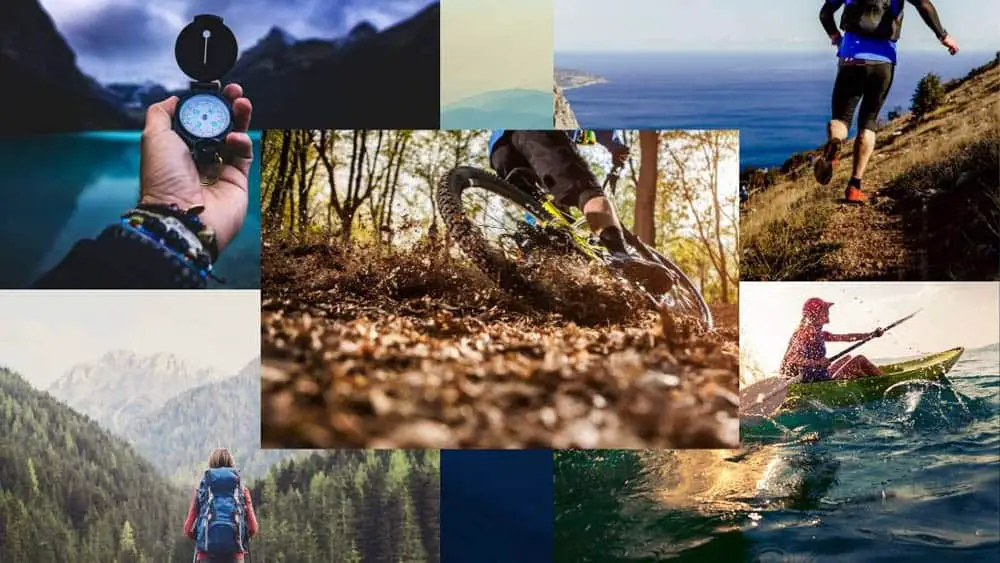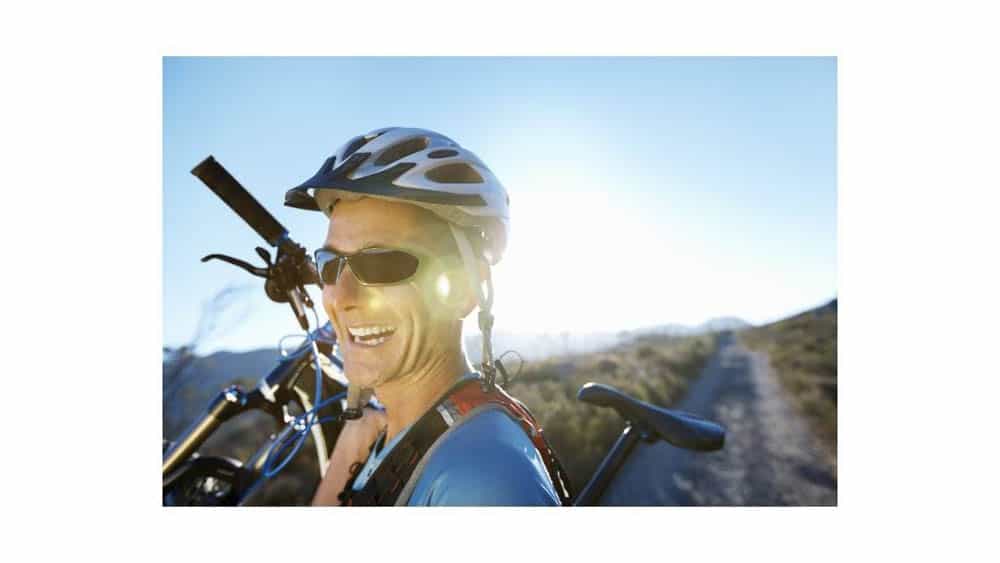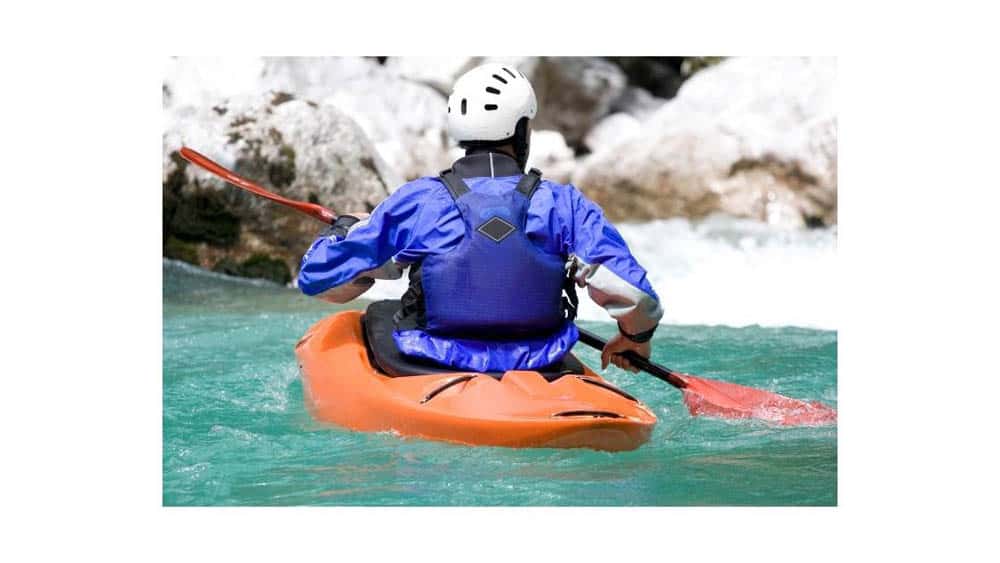
You might have heard of the term Adventure racing from a show or perhaps from a friend. Now you are curious about what this “new” sport its all about. Read on and find out what adventure racing is and what to expect.
Adventure racing is an outdoor sport, and it is considered an extreme sport. Athletes can participate as a solo competitor or in teams of 2 to up to 6 participants. Athletes need to reach the finish line by the allotted time or be disqualified. Most adventure races take place in remote areas with rough terrain. Athletes are expected to complete the race on foot (trekking, running) water ( paddling, canoeing), and mountain biking among other disciplines.
Adventure racing can be an excellent way to experience new challenges, create new memories, and get out of the daily grind. My goal in this article is to share the knowledge I have acquired as we, my wife and I, are getting ready to participate in this amazing challenge. Read on.

1. The multi-disciplines
One of the main reasons I am so drawn to the adventure racing sport is the multidisciplinary aspect of the race. Faced with different challenges, some of the most common disciplines in the adventure racing sports are as follows:
- Running/ Hiking/ Trekking
- Mountain biking
- Navigation/ Orienteering
- Paddling
Running/ Hiking/ Trekking
All of these disciplines are related to the foot travel aspect of the race. This is why I decided to group them all together.
Depending on the duration of the event, most races are self-sustained. Meaning, you will have to carry all of your gear and food with you. Therefore, running might not be possible in the longer events.
Many endurance runners use power-hiking, an efficient, time-saving, and energy-saving way to complete the race. The name of the game in every endurance event is to be efficient.
Always remember this is an endurance event. A piece of advice, move at a fast-paced hike to save as much possible energy that you can. Movement at a fast yet steady pace prevents burning out too soon in the race.
Keep in mind most of these events are taking place in remote areas where treacherous terrain will be prevalent. This is where “trekking” comes into place. If you’re like me, still confused about the two, read this .
.
Mountain Biking
Most adventure races will include mountain biking as part of the race. You need to become comfortable and experience riding mountain bikes through rough and unexpected terrain. In my humble opinion, the only way I know to get better at something is by practice, practice, and more practice.
Assuming you do not have a bike, this will be the most expensive purchase you will be making. So, it’s wise to visit a bike shop and talk to the sales representative. Whenever possible, ask to speak to someone with riding experience.
As we all know, mountain bikes come at varying features, sizes, and prices. It could get overwhelming going through the many options available in the market. Stay tuned to my review on mountain bikes. I hope to make your life easier with my review.
In the meantime, my recommendation is to rent a few bikes from your local bike shop and take them for a spin. As I said before, the bike will be your most expensive purchase; hence, you need to test these bikes before you make any purchase.
More importantly, you need to trust the durability and dexterity of the bike in tough conditions. If you can afford it, I recommend buying a full suspension bike which will help you endure the multi-day races and rougher terrains.

Navigation/ Orienteering
In the adventure race world, always be prepared to know where you are and know where you are going. Learning to orienteer and to navigate it is an essential skill you must learn to become a proficient adventure race athlete.
There are several places where you can learn how to navigate. Here’s the link to the REI Classes page for further information. They offer several classes related to navigation with a map and a compass.
for further information. They offer several classes related to navigation with a map and a compass.
Paddling
Paddling is another discipline that is dominating adventure race events today. Please, if you don’t know how to swim, start learning now before signing up for this type of event. You can always sign up for shorter events, where the water leg is not included.
Most adventure races provide the gear for the paddling leg of the race, which includes: paddleboards, canoe, paddles as well as PFD’s (personal floating device). However, do never assume, always read the race guidelines to find out which gear would be provided by the race event organizer.
The purpose of this site is to promote the outdoors. So go out there and start practicing on your water skills. If you do not own a canoe, you can always rent them from your local shop and start training. Make sure to start training at least a few months in advance previous to your race.
2. Skills
I love sports that push me out of my comfort zone. Adventure racing is not an exception. There are several skills that we need to acquire to be successful in completing these challenging races.
As you keep training and participating in the adventure racing events, by default, you will get better and sharpen your skills. Keep in mind, this is a journey of never-ending learning and improvement.
In my humble opinion, here are some of the few skills you will need to complete your next adventure race.
- Grit
- Grip
- Endurance
- Mental toughness
- Navigation
- Patience
3. Gear needed to participate.
| ESSENTIAL | RECOMMENDED |
|---|---|
| Trail shoes | Trail poles |
| Mountain bike | Bike bag |
| Bike shoes | Sunscreen |
| Shades | Chafe-prevent stick |
| Hydration vest/ back pack | Folding knife |
| Cellphone | Bug spray |
| Cellphone dry bag | Glow sticks |
| Food / Water | Epipens |
| Head light | Whistle |
| Bike repair kit | |
| Map/ compass | |
| Appropriate clothing | |
| Sports Watch | |
| First aid kit | |
| Helmet |
4. Different Events
Finding your next adventure race will not be difficult. Even though adventure races are not a mainstream sport, there are several places where you can find and sign up for your next adventure. Below are links to several races available in the U.S and other countries.
Rev3Endurance events | FLXAdventures | World Series  | United States Adventure Racing Association |
|---|---|---|---|
| 24 Hours Adventure Race | Boar Adventure Race | Africa Series | Rocky Mountain Adventure 1hr- 20+ hrs |
| 6-8 Hours Adventure Race | Paisley Adventure Race | Oceania Race | Castle Wood Adventure 8 hrs  |
| 2-3 Hours Adventure Race | South America | No Sleep Big Turkey Foot Adventure 4 Hrs | |
| Half Day Adventure Race | Oak Mountain Challenge 4-24 Hrs  |

5. Different Types
Adventure races offer different types of events. Ranging from 1-3 hours for family-friendly events to multi-week duration events for the more experienced and hardcore athlete.
Unlike trail races, which are measured by distance, adventure races are measured by duration. Make sure to choose the one that fits your fitness level the most.
Adventure races are divided into different types, the most popular are:
Sprint
These races are the shortest events. They can last from 1-6 hours. Great for first-timers and families who want to experience the outdoors extremely.
Sport
The time and level of difficulty in the “sport” type adventure race, increases. This type of event can last from 3 to up to 24 hrs.
Elite
The elite events are for more seasoned athletes. These races will take place in rougher, and more difficult terrain. Make sure you are physically and mentally ready to take on this challenge. Races in this category can last from 8 hrs. to up to 30 hrs.
Expedition
This is where only the most experienced and tougher athletes compete. The duration of these events can last from days to weeks at a time. Given the nature and duration of the race, most “expedition” type events are group-based.
My advice is to start off small and doing shorter races. Start off with those and then progress to 24-hour races, two-day races and then make the leap to four-day expedition races.
Nick Gracie (semi-pro athlete and sports consultant)
6. Training
Now the fun begins as you start training for your first adventure race. Remember to give yourself enough time to get your body ready to endure the challenges ahead.
As I mentioned before, my wife and I are doing the 8 hrs adventure race  challenge. We are both trail runners, and I have completed several obstacle races, including the Spartan Ultra Beast
challenge. We are both trail runners, and I have completed several obstacle races, including the Spartan Ultra Beast .
.
However, we have both put our ego aside. That being said, we have decided to give ourselves six months of training to get our minds and bodies ready for the challenge ahead.
For this training section, I will be sharing some training sites that we are personally following. Some of them are free  and some of them will be a paid membership or subscription. The goal here is to commit and to get ready to have some fun.
and some of them will be a paid membership or subscription. The goal here is to commit and to get ready to have some fun.
Take Away
You do not have to wait to be an expert in any of the skills required to complete an adventure race. All you need to be is willing to go out and enjoy the outdoors, go for a hike, get on your bike, or your friend’s bike.
Remember to go slow, at your own pace, and build up from there. Challenge yourself and press the sign up button and get ready as you go!
